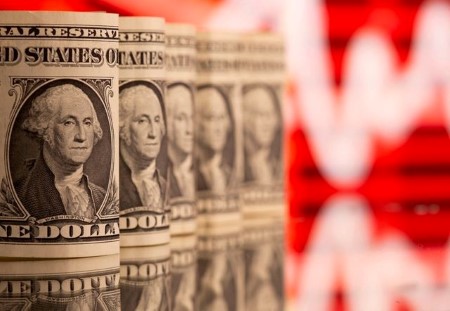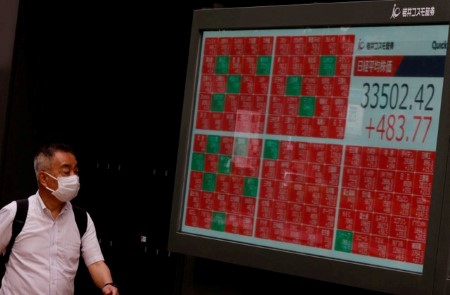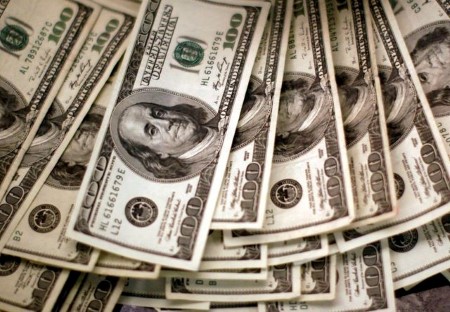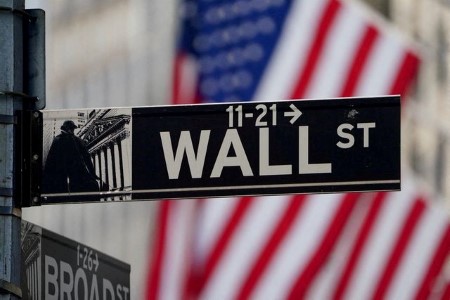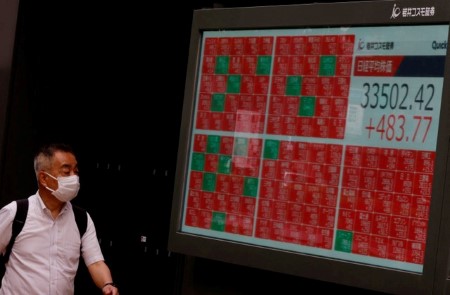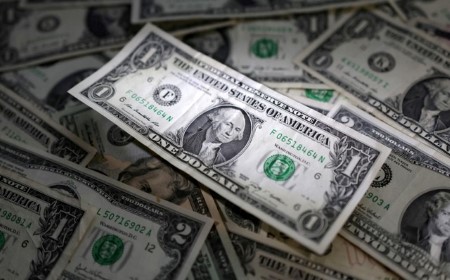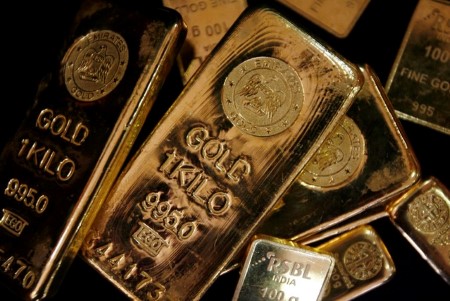BENGALURU, Nov 8 – The dollar’s recent weakness will linger for the rest of the year, according to a majority of FX strategists in a Reuters poll, who also said economic data will be the primary influencer of major currencies for the rest of 2023.
A stronger-than-expected US economy and rising Treasury yields as the Federal Reserve hiked interest rates to curb high inflation provided the dollar with an unassailable edge over its peers.
But renewed expectations the Fed is done with its rate hikes have put the dollar at a disadvantage, with the currency losing almost 2.0% from last month’s peak, leaving the dollar index up around 2% for the year.
Suggesting the current dollar weakening trend has further to go, a near two-thirds majority of analysts, 28 of 45, who answered a separate question said the dollar is likely to trade lower than current levels against major currencies by year-end.
They also expect it to slip against the euro and other G10 currencies over the next 12 months, a position analysts have held all year but have been proven wrong each time. Some are sounding more confident this time they will be right.
“The dollar and US yields have had a strong bullish trend over the (past) two to three months … but it looks like we’ve reached a point where yields and the dollar have peaked out,” said Lee Hardman, senior currency analyst at MUFG.
“It’s going to be harder for yields to hit fresh highs this year because markets are now more confident that the Fed is done hiking, speculation has already started to intensify again that next year we could see a policy reversal from the Fed with speculation building over more aggressive Fed rate cuts next year.”
When asked what will be the primary influencer of major currencies for the rest of the year, a slim majority of analysts, 26 of 49, said economic data. Another 20 said interest rate differentials, and three said safe-haven demand.
Recent employment data suggest cracks are finally appearing in the world’s largest economy’s surprising resilience to rate hikes over the past year and a half. But the US economy is still performing better than all of its peers.
The latest data from the Commodity Futures Trading Commission showed currency speculators were still overwhelmingly net-long on the US dollar, suggesting there was still plenty of support for the greenback.
“At the moment, we’re still tactically long dollar and we think this will have further to run into year-end, primarily against currencies where they continue to show weak fundamentals. EUR/USD would be the primary case of that,” said Simon Harvey, head of FX analysis at Monex Europe.
The eurozone economy shrank 0.1% last quarter and is expected to flat-line in this one, barely skirting a recession. The euro EUR=, after clawing back all of its losses for the year, is predicted to gain around 4.0% over the coming 12-months.
Median predictions from 72 foreign exchange strategists showed the common currency trading at USD 1.07, USD 1.08 and USD 1.11 in the next three, six, and 12 months. Those estimates are broadly unchanged from an October survey.
The Japanese yen, the worst-performing major currency for the year, is expected to remain under pressure in the near term.
Asked what is the weakest level the yen will trade against the dollar by year-end, 20 analysts who answered a separate question returned a median of 152/dollar.
However, the currency, which has lost about a third of its value since 2021 including 13% this year alone, is expected to recoup most of its 2023 losses over the next 12 months.
The yen is expected to gain over 10% to change hands at 136/dollar in a year, the poll showed.
Sterling, already up around 1.5% in 2023, is forecast to gain 3.5% to USD 1.27 in a year.
Emerging market currencies are expected to take well into next year to post noticeable gains against a retreating US dollar.
(Reporting by Hari Kishan; Polling by Sarupya Ganguly, Purujit Arun, Devayani Sathyan, and Anant Chandak; Editing by Ross Finley and Mark Potter)







 DOWNLOAD
DOWNLOAD




